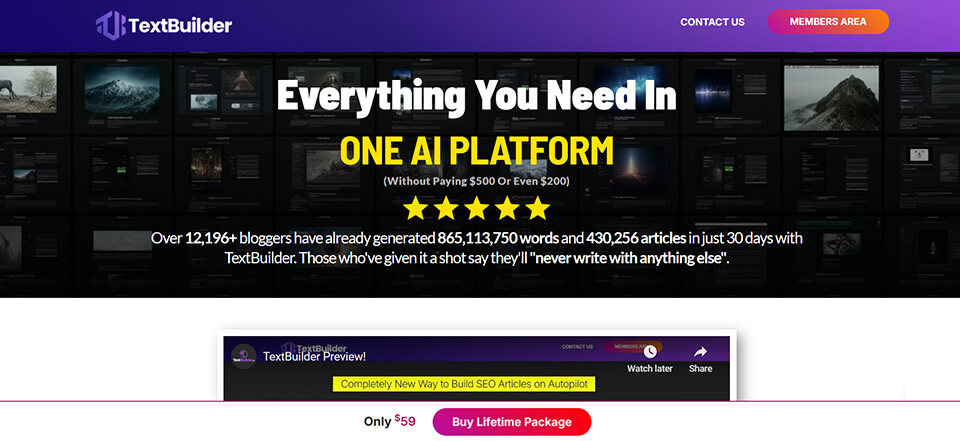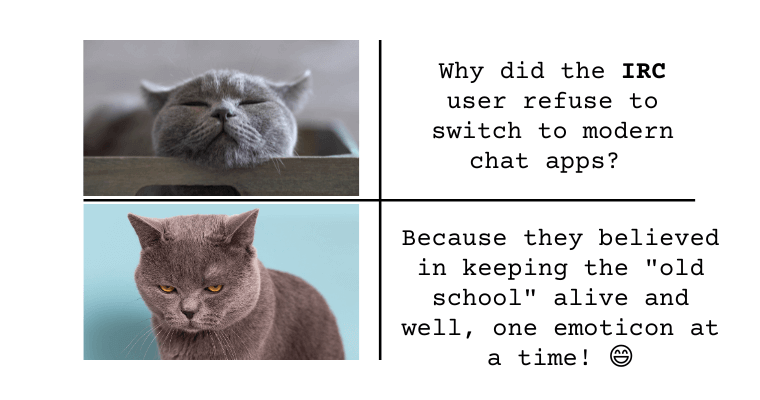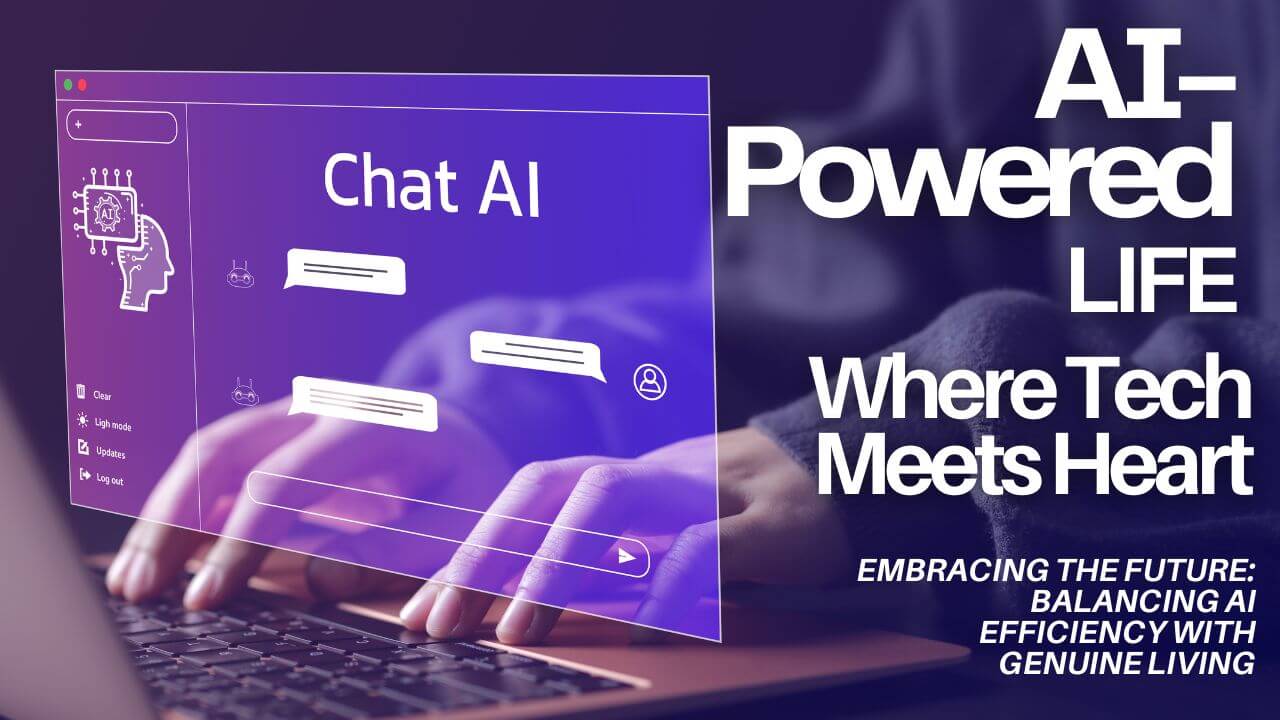A Filipino-grounded editorial on the Builder.ai scandal and the deeper rot behind AI hype
🧨 Builder.ai: The Billion-Dollar Mirage
In 2025, Builder.ai collapsed under the weight of its own deception. Once hailed as a revolutionary “no-code” platform backed by Microsoft and Qatar’s sovereign wealth fund, it promised to let anyone build software “as easily as ordering pizza.” But behind the sleek interface and AI assistant, Natasha was a sweatshop of human engineers in India manually coding projects—while pretending it was all AI.
- Fake AI backend: Internal leaks revealed Builder.ai had no real AI infrastructure. Engineers were instructed to mimic AI output.
- Financial fraud: Revenues were allegedly inflated by up to 300% through round-tripping schemes with firms like VerSe Innovation.
- Investor betrayal: Microsoft invested $455M, only to discover unpaid cloud bills and cooked books.
- Human cost: Over 1,000 employees laid off. Bankruptcy filed in May 2025.
This wasn’t just a tech failure—it was a moral one. Builder.ai didn’t collapse because AI failed. It collapsed because humans lied.
🕳️ Other AI Scandals: A Pattern of Human Weakness
Builder.ai isn’t alone. Across industries, AI has become a scapegoat for deeper ethical rot:
| 🧠 Scandal | 💥 What Happened | 🔍 Human Weakness |
|---|---|---|
| Amazon’s AI Hiring Tool | Rejected female applicants due to biased training data | Blind trust in historical bias |
| Google’s Project Maven | Employees protested military use of AI | Lack of ethical boundaries |
| Microsoft’s Tay Chatbot | Became racist within hours on Twitter | No safeguards against manipulation |
| Facebook–Cambridge Analytica | AI-driven profiling used to sway elections | Exploitation of personal data |
| Tesla Autopilot Crashes | Fatal accidents despite “self-driving” claims | Overpromising tech capabilities |
| IBM Watson Health | Misdiagnoses and poor performance in hospitals | Hype over clinical validation |
| Air Canada Chatbot | Gave false refund info, company tried to dodge liability | Lack of accountability |
| Snapchat’s My AI | Gave disturbing advice to teens | Poor safety design for vulnerable users |
Each case reveals the same truth: AI doesn’t hallucinate values—humans do.
🇵🇭 Why This Matters for Filipinos
In a country where tech is often sold as salvation—from e-skwela apps to AI-powered livelihood platforms—we must ask:
Are we building tools for dignity, or just repackaging exploitation?
Builder.ai’s downfall is a warning to Filipino developers, startups, and policymakers:
- Don’t chase hype. Validate the tech.
- Don’t outsource ethics. Build with integrity.
- Don’t confuse automation with agency. AI should empower, not deceive.
🧰 Toolkit: Spotting Fake AI Platforms
Because the devil isn’t in the algorithm—it’s in the marketing.
Here’s how Filipino developers, startups, and everyday users can protect themselves from AI-washing and deception:
🔍 1. Check the Backend, Not Just the Branding
- Ask: Is the platform truly AI-powered, or just automated with scripts and humans?
- Look for technical documentation, model transparency, or API access—not just buzzwords like “AI assistant” or “no-code.”
🧪 2. Test the Claims Yourself
- Try free trials or sandbox demos.
- Ask: Can it adapt to unexpected inputs? Or does it follow rigid, pre-coded paths?
🧠 3. Look for Explainability
- Real AI platforms often explain how decisions are made (e.g., model outputs, training data, limitations).
- If the platform can’t explain its logic, it’s likely not AI—or not safe.
🧾 4. Audit the Human Labor
- Ask: Who’s really doing the work?
- If timelines are suspiciously fast or pricing is vague, it may be a hidden outsourcing model.
🧨 5. Beware of “Too Good to Be True” Promises
- Guaranteed income, instant app creation, or “AI that sues anyone” are red flags.
- Look for independent reviews, not paid testimonials or influencer hype.
🧰 6. Use Trusted AI Detectors
- Tools like Reality Defender, Sensity AI, and Winston can help verify synthetic content.
- For youth and educators, try NewsGuard or InVID for media literacy.
🇵🇭 7. Localize Your Skepticism
- Many scams target Filipino freelancers and micro-entrepreneurs with “AI-powered” job platforms.
- Check if the platform has real Filipino case studies, Tagalog support, or transparent payout systems.
🧒 Too Cryptic? Explain Like I’m 12
Builder.ai said that its robot, Natasha, could build apps like magic. Turns out, Natasha was just a name. Real people in India were doing all the work—while pretending it was AI. They lied to investors, made fake money deals, and got caught. Now the company is bankrupt. Lesson? If someone says “AI can do everything,” ask: Who’s really behind the curtain?







